6.05.2025

SpaceX launch tonight: Everything to know about Starlink launch from Cape Canaveral, Florida
Rather than shortly after sunset, SpaceX crews are now targeting 9:17 p.m. for tonight's Falcon 9 rocket launch from Cape Canaveral Space Force Station.
This Falcon 9 will carry 28 Starlink satellites for deployment into low-Earth orbit. Backup launch opportunities will remain available until 11:37 p.m., should delays arise.
The Space Force's 45th Weather Squadron predicted 85% odds of "go for launch," with anvil clouds and cumulus clouds posing meteorological threats. The National Weather Service forecasts a chance of showers and thunderstorms tonight with partly cloudy skies, a low near 69, and a south breeze of about 10 mph at the Space Force installation.
No Central Florida sonic booms should occur. After soaring skyward along a southeasterly trajectory, the rocket's first-stage booster will target landing aboard a SpaceX drone ship out at sea a little after eight minutes after liftoff.
Quelle: Florida Today
+++
STARLINK MISSION
SpaceX is targeting Tuesday, May 6 for a Falcon 9 launch of 28 Starlink satellites to low-Earth orbit from Space Launch Complex 40 (SLC-40) at Cape Canaveral Space Force Station in Florida. Liftoff is targeted for 9:17 p.m. ET, with backup opportunities available until 11:37 p.m. ET. If needed, additional opportunities are also available on Wednesday, May 7 starting at 7:30 p.m. ET.
A live webcast of this mission will begin about five minutes prior to liftoff, which you can watch here and on X @SpaceX. You can also watch the webcast on the new X TV app.
This is the seventh flight for the first stage booster supporting this mission, which previously launched Crew-9, RRT-1, Firefly Blue Ghost Mission 1, Fram2 and two Starlink missions. Following stage separation, the first stage will land on the Just Read the Instructions droneship, which will be stationed in the Atlantic Ocean.
Quelle: SpaceX
----
Update: 7.05.2025
.
On Tuesday, May 6 at 9:17 p.m. ET, Falcon 9 launched 28 Starlink satellites to low-Earth orbit from Space Launch Complex 40 (SLC-40) at Cape Canaveral Space Force Station in Florida.
This was the seventh flight for the first stage booster supporting this mission, which previously launched Crew-9, RRT-1, Firefly Blue Ghost Mission 1, Fram2, and now three Starlink missions.
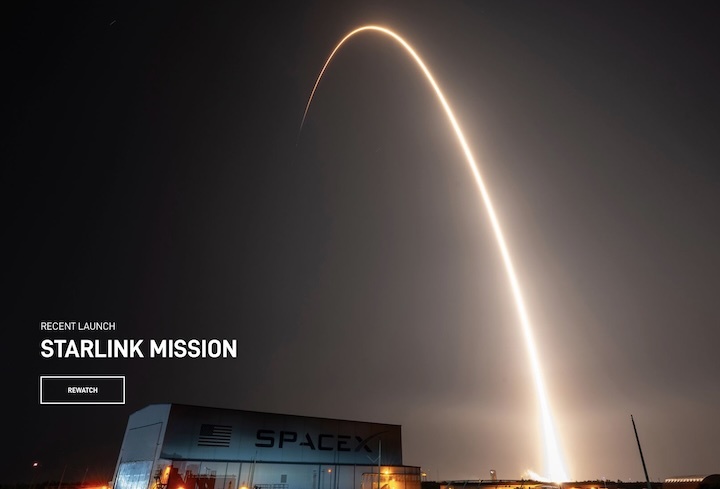

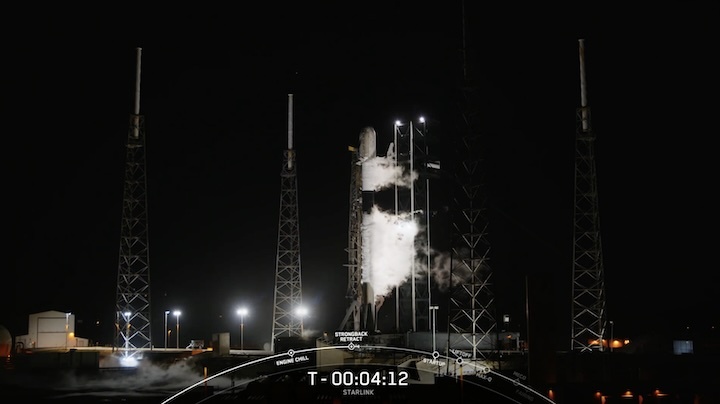
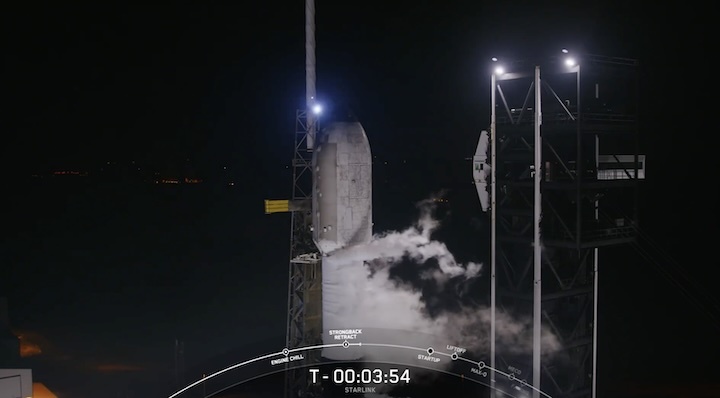
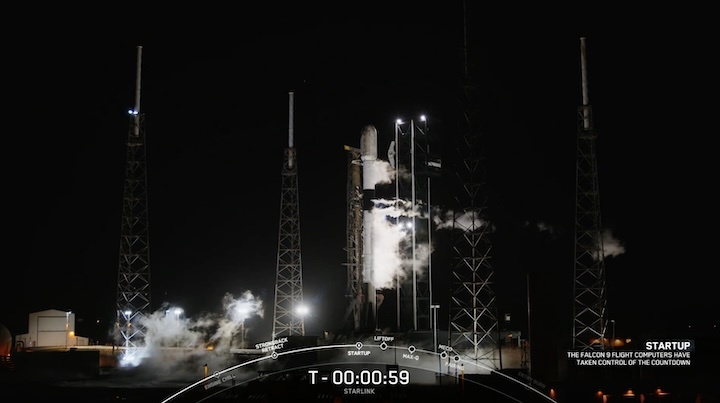
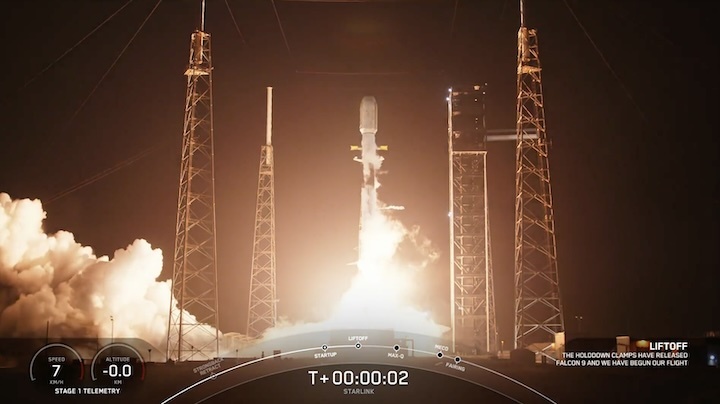
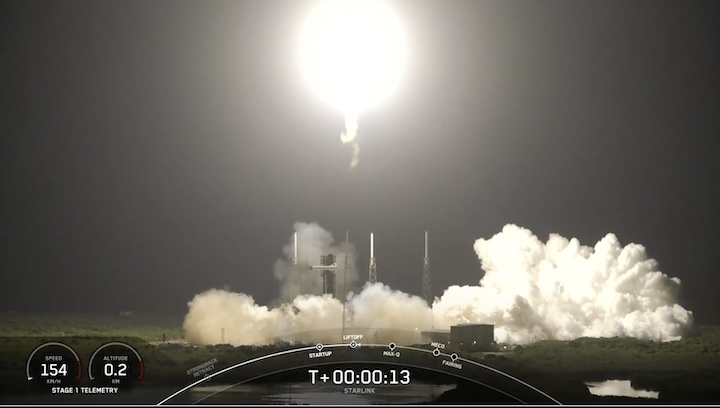
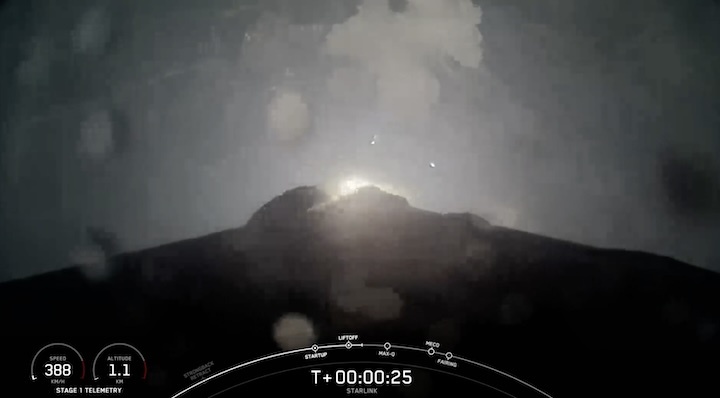
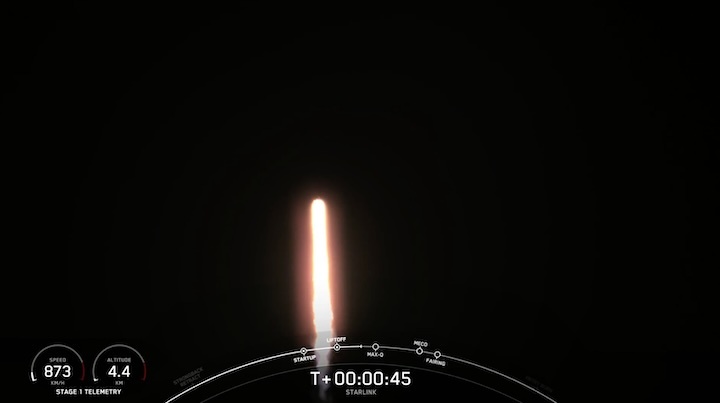
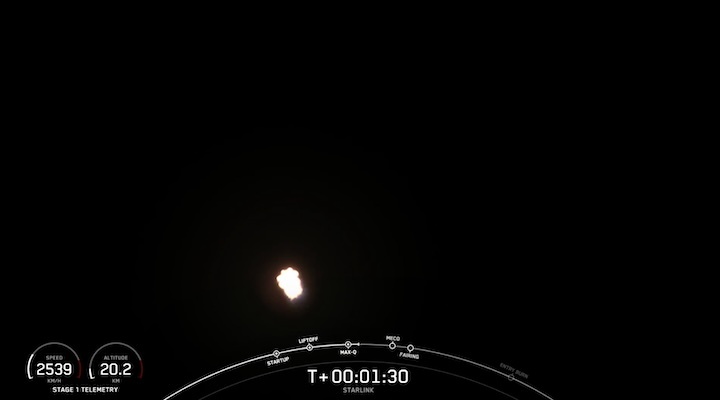
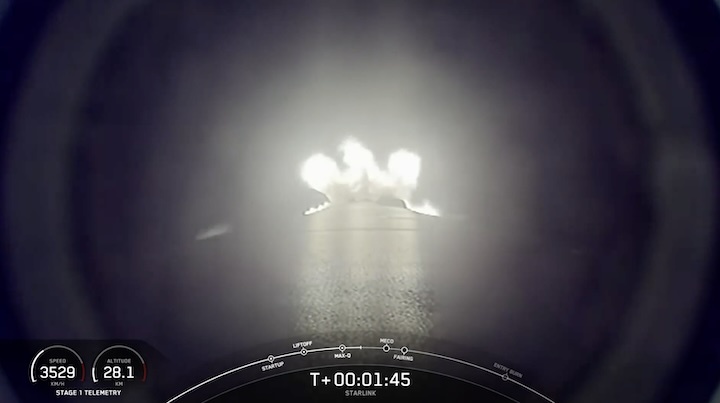
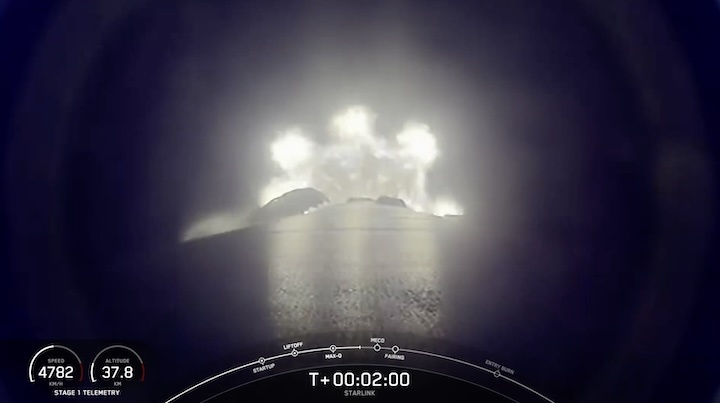
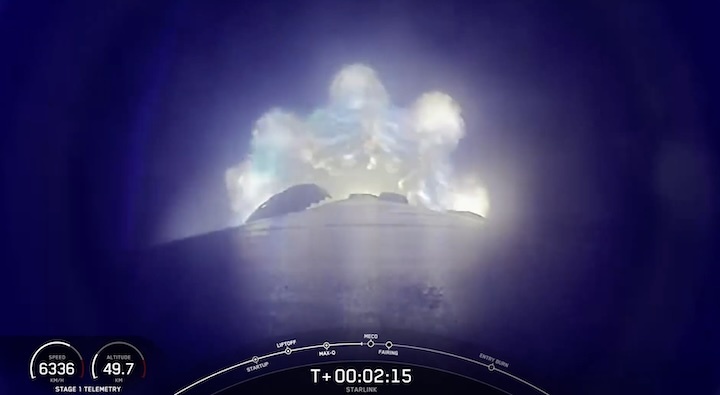
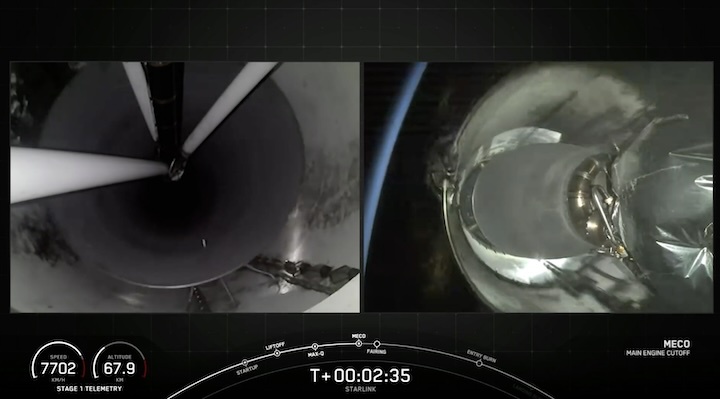
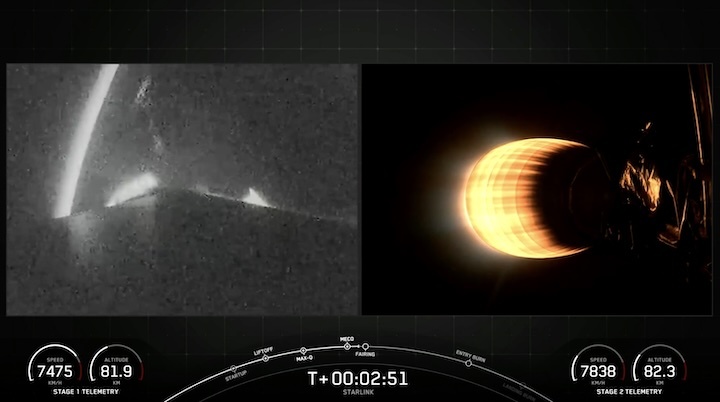

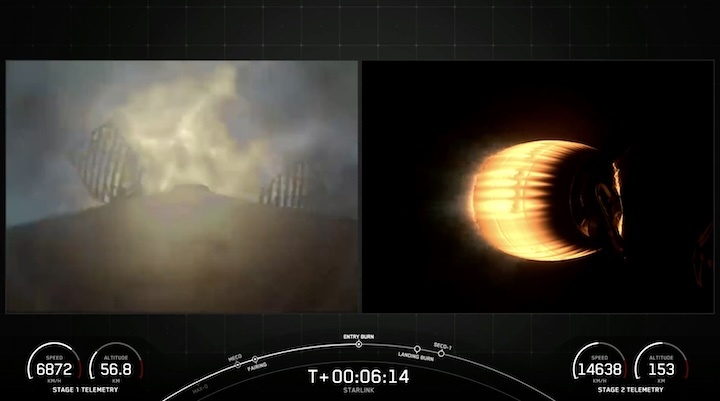
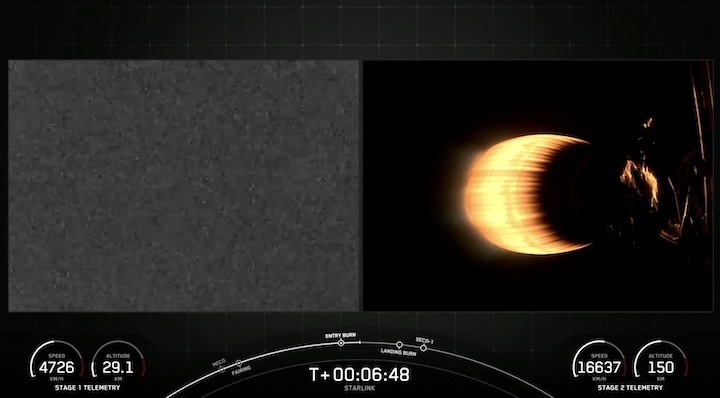

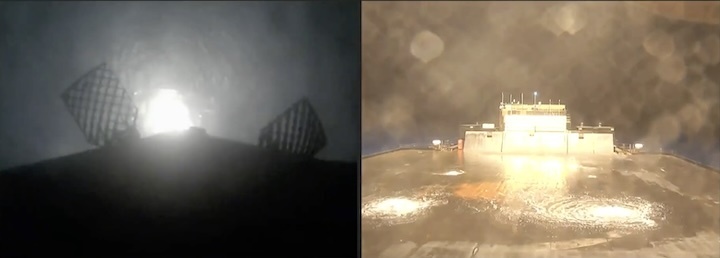



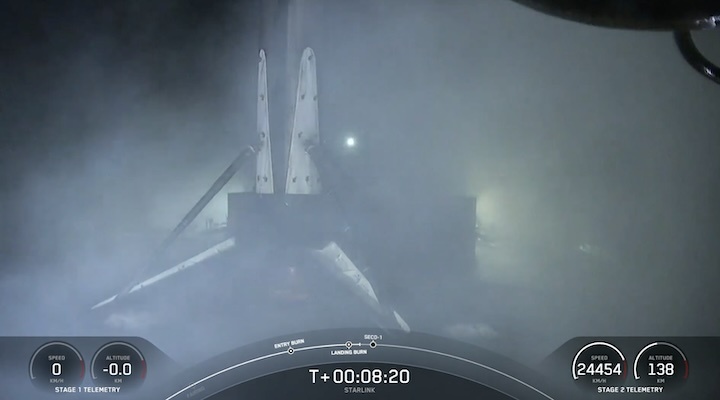
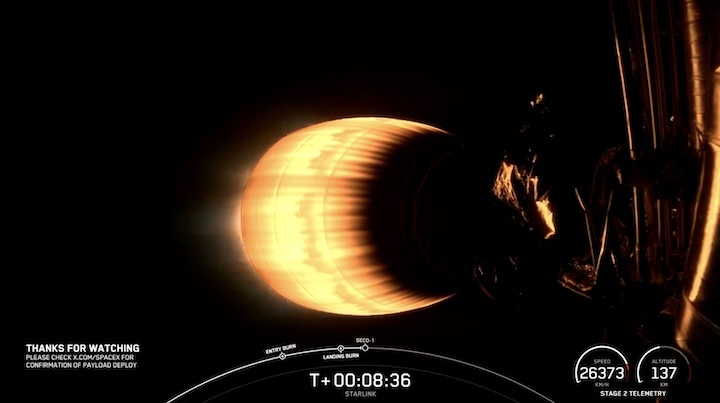
Quelle: SpaceX
